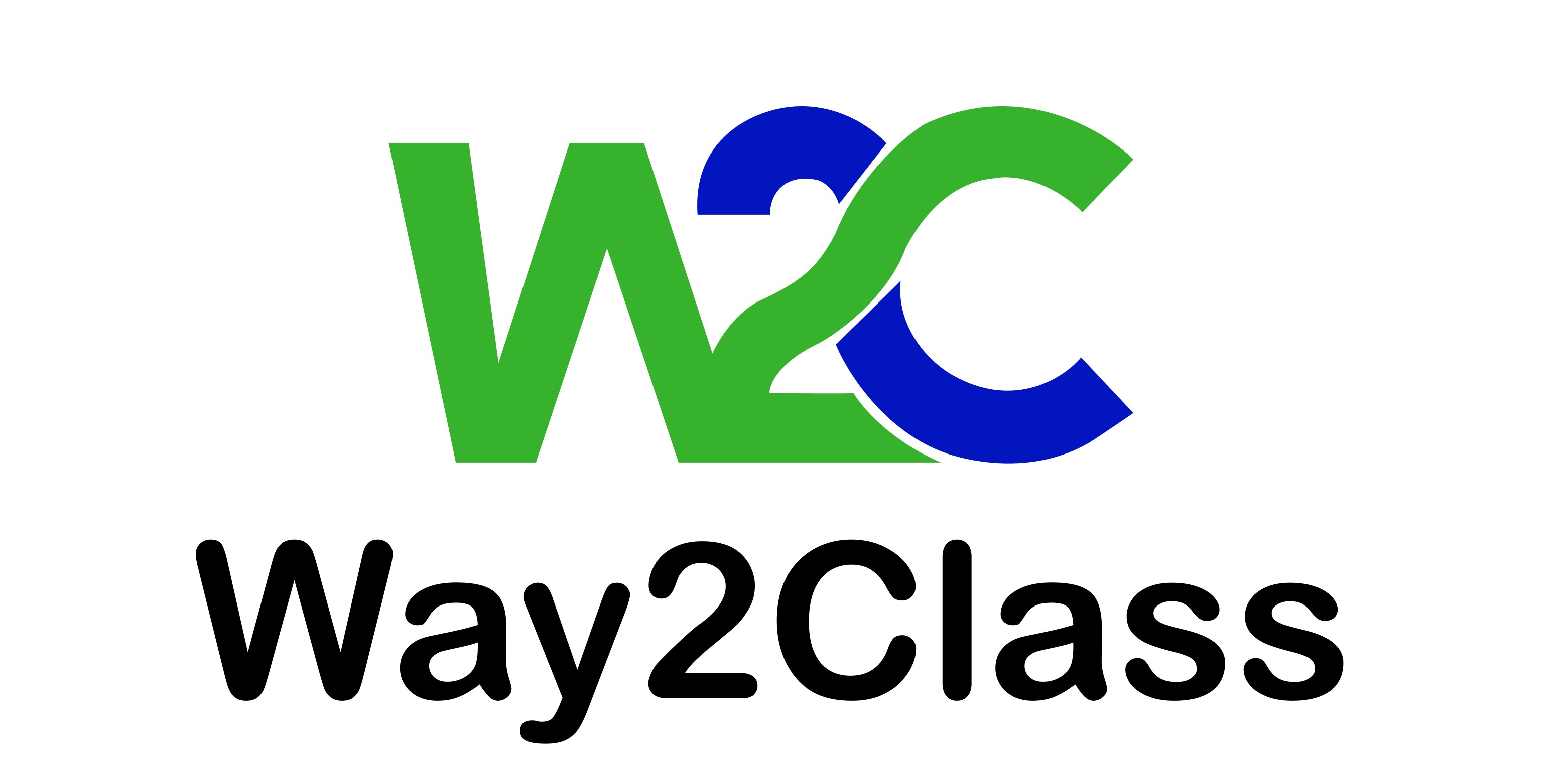
- Trending Categories
 Data Structure
Data Structure Networking
Networking RDBMS
RDBMS Operating System
Operating System Java
Java MS Excel
MS Excel iOS
iOS HTML
HTML CSS
CSS Android
Android Python
Python C Programming
C Programming C++
C++ C#
C# MongoDB
MongoDB MySQL
MySQL Javascript
Javascript PHP
PHPPhysics
Chemistry
Biology
Mathematics
English
Economics
Psychology
Social Studies
Fashion Studies
Legal Studies
- Selected Reading
- UPSC IAS Exams Notes
- Developer's Best Practices
- Questions and Answers
- Effective Resume Writing
- HR Interview Questions
- Computer Glossary
- Who is Who
Way2Class has Published 221 Articles

Way2Class
341 Views
The fundamental building block of an operating system, the kernel controls actions involving the CPU, memory, and input/output devices. These resources are distributed to various tasks or processes according to the kernel's scheduling mechanism. The kernel is the most crucial element of an operating system and is in charge of ... Read More

Way2Class
741 Views
Operating systems utilize a data structure called a precedence graph to show the interdependencies between various tasks or processes. Another name for it is a Task Dependency Graph. Several processes may be running at once in a multi-tasking operating system, and some of these processes may wait for others to ... Read More

Way2Class
628 Views
The POSIX thread standard is followed by POSIX threads, sometimes referred to as pthreads. A program may be made parallel by using threads, which divide a single job into a number of separate ones that can run simultaneously. Threads in operating systems can either be user-level or kernel-level and are ... Read More

Way2Class
5K+ Views
Coordinating the operations of processes that are running concurrently is the core concern of process synchronization, a basic issue in computer science. A crucial component of process synchronization, the mutual exclusion issue has a well-known solution in Peterson's Algorithm. This mutual exclusion algorithm, developed by Gary Peterson in 1981, is ... Read More

Way2Class
483 Views
Paging is a memory management method. The operating system may create and deallocate memory in pages, which are smaller, fixed-size pieces. The operating system can use virtual memory thanks to paging, which allows a process to access more memory than is physically accessible. Page faults and page replacement overheads are ... Read More

Way2Class
530 Views
A two-level paging system, sometimes known as hierarchical paging, is a way to translate virtual addresses to physical addresses in a computer system with a lot of physical memory. The page table is split into two sections in a two-level paging scheme: a top-level page table and a bottom-level page ... Read More

Way2Class
408 Views
Mutual exclusion is a program object that relates to the condition that no two concurrent processes be in the same crucial region at the same time. It is offered to prevent the race condition from occurring. If a current process is accessing the crucial part, it prohibits another concurrent process ... Read More

Way2Class
150 Views
The realm of computer programming necessitates proficient organization and preservation of data for streamlined access and manipulation. The Vector, a versatile array that can expand or contract as required, serves as a pivotal data structure in this pursuit. Java, in particular, benefits greatly from the utilization of Vectors as it ... Read More

Way2Class
227 Views
In the Java programming language, the process of converting one data type to another is known as typecasting. At times, it becomes necessary to convert an integer data type to a byte data type. However, it is crucial to have an understanding of the byte data type's range. The byte ... Read More

Way2Class
234 Views
By using the 'getBytes()' function, one may convert a string into a byte array in the world of Java programming. The end result of this procedure is the acquisition of the starting string's representation as a byte array, with the method's specifications dictating the encoding. By using the 'getBytes()' function, ... Read More
